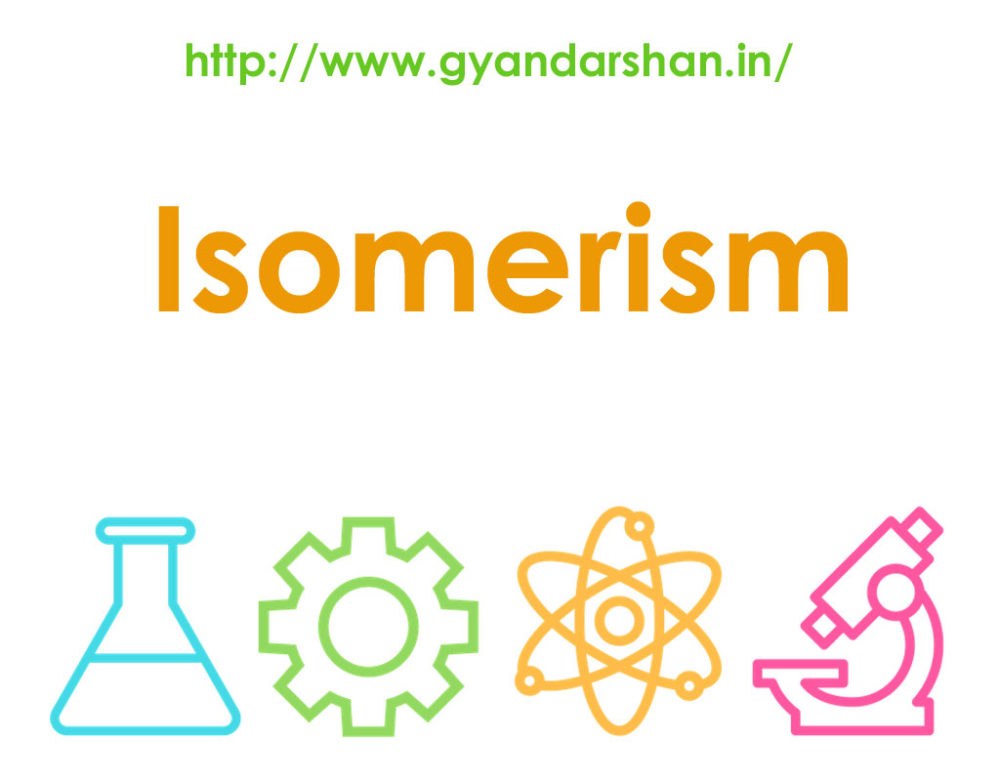MCQs on Coordination Compounds
MCQs on Coordination Compounds
- When 0.1 mol CoCl3(NH3)5 is combined with excess AgNO3, then 0.2 mol AgCl is obtained. The conductivity of the solution suits the
- 1:3 electrolyte
- 1:1 electrolyte
- 3:1 electrolyte
- 1:2 electrolyte
Answer: (d)
- A chelating agent has two or more than two donor atoms to bind to a single metal ion. Which of the following is not a chelating agent?
- Thiosulphato
- Oxalato
- Glycinato
- Ethane-1,2-diamine
Answer: (a)
- IUPAC name of [Pt(NH3)2Cl(NO2)] is
- Platinum diamminechloronitrite
- Chloronitrito-N-ammineplatinum (II)
- Diamminechloridonitrito-N-platinum (II)
- Diamminechloronitrito-N-plantinate (II)
Answer: (c)
- In the complex [E(en)2(C2O4)]NO2 (where (en) is ethylenediamine) _______are the coordination number and the oxidation state of the element ‘E’ respectively.
- 6 and 2
- 2 and 2
- 4 and 3
- 6 and 3
Answer: (d)
- The sum of coordination number and oxidation number of the metal M in the complex [M(en)2(C2O4)]Cl (where (en) is ethylenediamine) is
- 9
- 6
- 7
- 8
Answer: (a)
- Some salts containing two different metallic elements give test for only one of them in solution, such salts are
- double salts
- normal salts
- complex salts
- None of these
Answer: (c)
- An example of a sigma bonded organometallic compound is
- Grignard reagent
- Ferrocene
- Cobaltocene
- Ruthenocene
Answer: (a)
- Iron carbonyl, Fe(CO)5 is
- Tetranuclear
- Mononuclear
- Dinuclear
- Trinuclear
Answer: (b)
- The type of isomerism shown by the complex [CoCl2(en)2] is
- Geometrical isomerism
- Coordination isomerism
- Linkage isomerism
- Ionization isomerism
Answer: (a)
- Which of the following elements do not form a complex with EDTA?
- Ca
- Mg
- Be
- Sr
Answer: (c)


